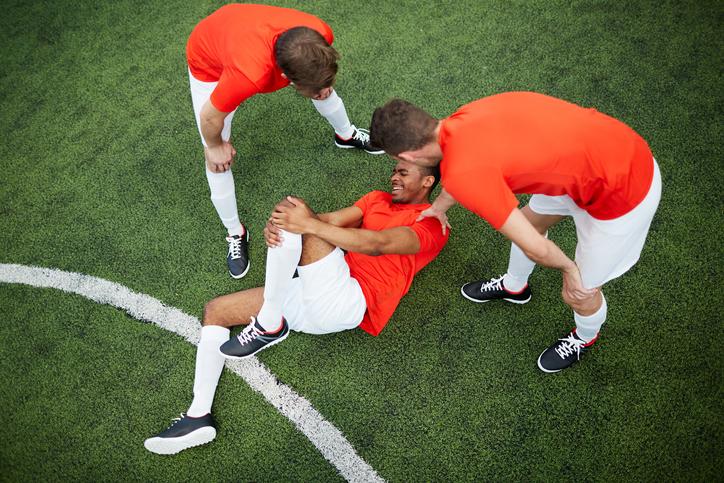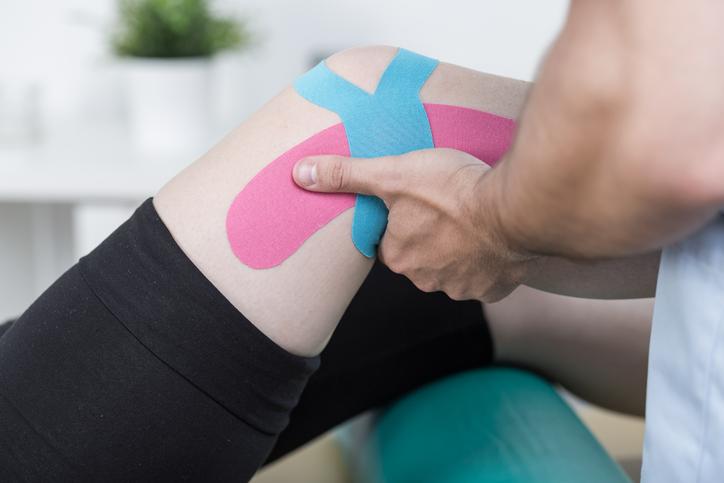Meniscal tear

What is meniscal tear / injury?
Your menisci are 2 semi-lunar pads of thick, rubbery, shock-absorbing cartilages within rach of your knee joints. They lie on each side of your knee – the medial meniscus on the inside and the lateral meniscus on the outside. They act like shock-absorbers and modulate the impact of your upper legs on your lower legs. They also help stabilise your knee joint and keep the movement of your knee smooth.
Any activity that causes you to forcefully twist or rotate your knee, especially when putting your full weight on it, can lead to a torn meniscus. This can happen when you play sports but can also happen as a result of age-related wear and tear as you get older. When people talk about a ‘torn cartilage’ in their knee they usually mean a meniscal tear and it can happen in combination with a sprain or tear of a ligament in your knee.
It causes knee pain, swelling and stiffness and you may experience locking or catching when you try to move your knee. Pain can be experienced on the inner, outer or back of your knee. This is often exacerbated by twisting or deep bending of the knee for example squatting or sitting on a low surface.

Treatment for meniscal tear or injury
Physiotherapy can help to reduce pain, and work on strengthening muscles of the leg to better support the cartilage and structures inside the knee.
Our Physiotherapy treatment may include:
- Joint mobilisations to reduce joint stiffness
- Myofascial and deep tissue release for muscle tightness
- Trigger point release
- Acupuncture and dry needling to reduce pain and muscle tightness
- TENS for pain relief
- Kinesiology taping and strapping for support of joints and muscles
- Muscle energy techniques
- Mobilisations with movement
- Biomechanical assessmeny
- Individualised exercise programme incorporating strengthening, stretching and proprioception (PhysioQinetics Youtube Channel)
- Gait and running re-education
- Sport-specific rehabilitation
In some cases, injection therapy can be helpful to settle pain further. If you experience painful and true locking of the knee joint, surgery may be required to remove the torn cartilage that maybe catching and causing pain.